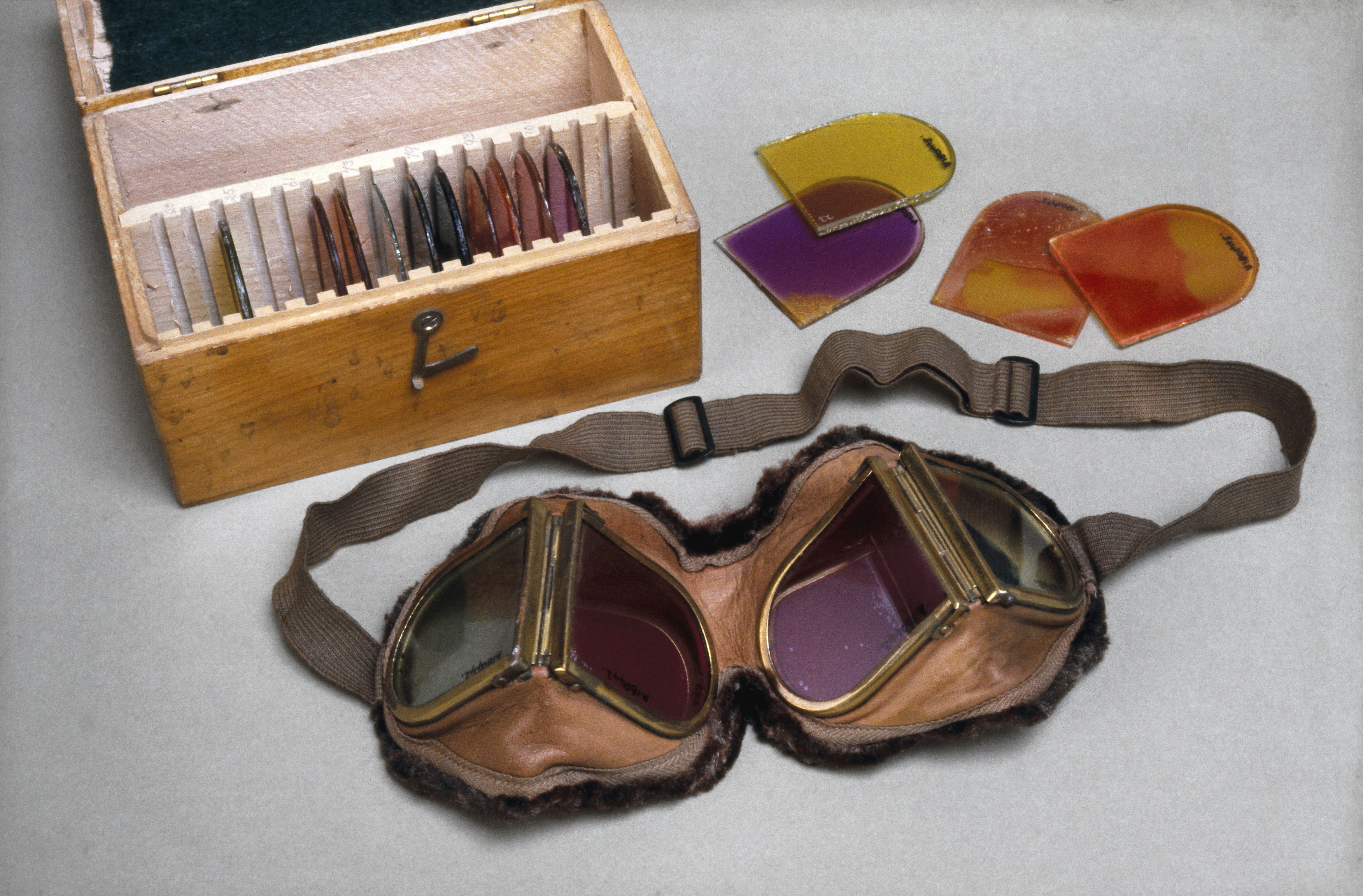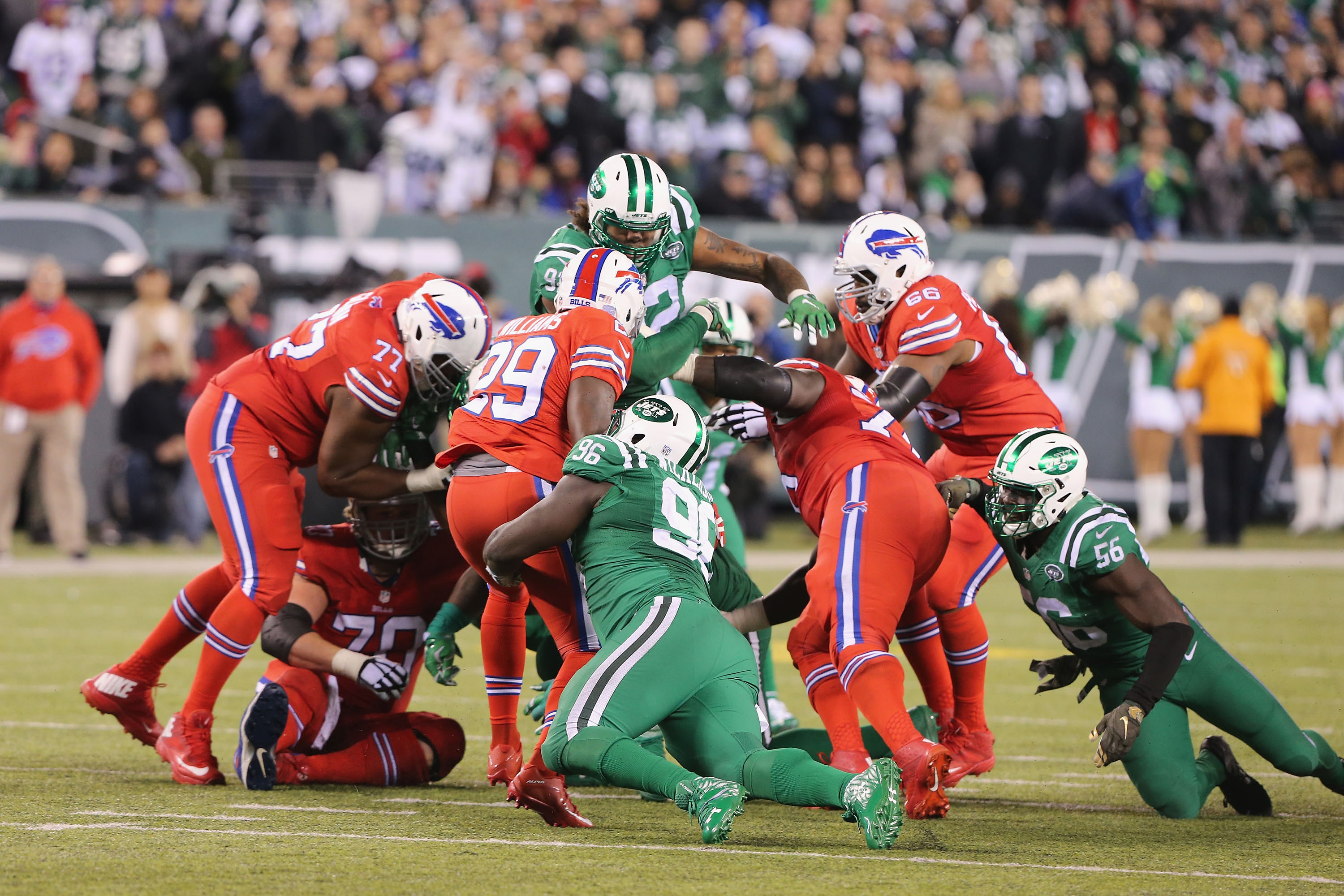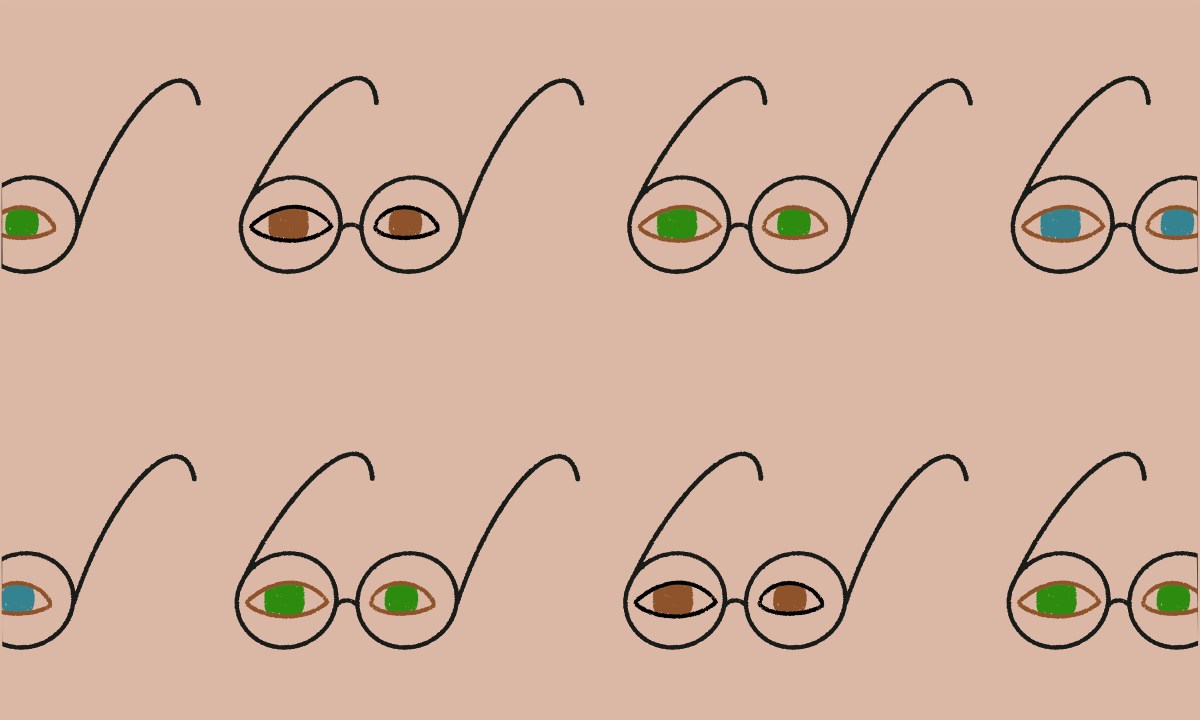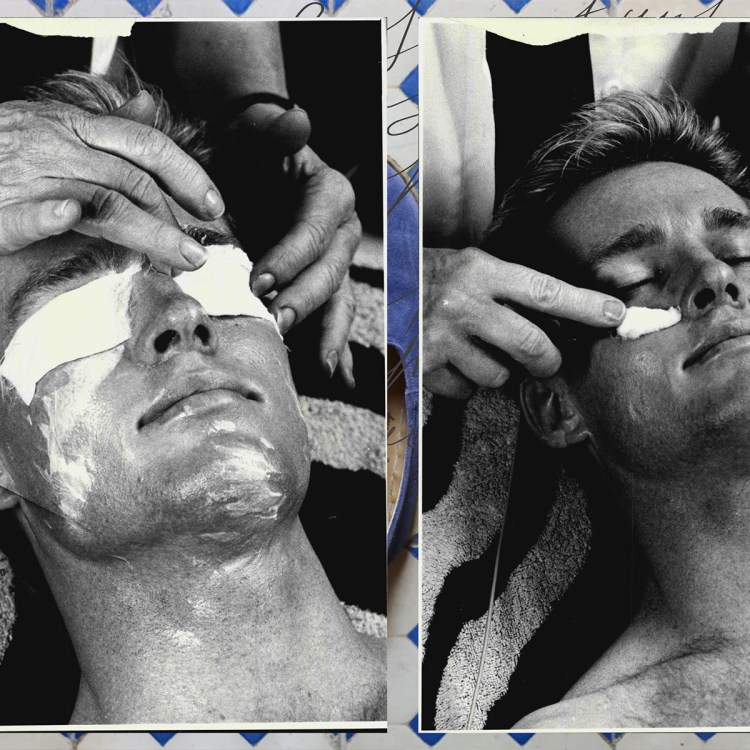Put James Rodgers in an Airbus A380 flight simulator and he can fly the huge airliner as well as anybody. But Rodgers, a social media content creator and a private pilot, isn’t allowed to fly commercial airliners. He knows he would never pass the medical test. That’s not because he has a heart problem or epilepsy. He isn’t bipolar or diabetic, either. His problem? He struggles to tell some colors apart. He’s color-blind.
“It’s not debilitating for me. It’s more that things are just blander than they otherwise would be,” explains Rodgers. “If there’s confusion about a color you can usually work it out. It’s hard to tell sometimes if food is cooked, for example, or to dress in a coordinated way. But I understand that the airline industry can’t take even the smallest chance with safety. I can see…I just see differently. It’s remarkable how few people understand that.”
Color-blind people don’t — as is often misunderstood — see the world in black and white. Nearly all of them do see color, but their perception of it is narrower than is typical, so they have a limited ability to see distinctions between shades. And the colors they can see tend to appear duller than usual. There are several forms of color blindness (or CVD, which stands for color vision deficiency):
- Some struggle with any color that has shades of green
- Some struggle with any colors that has shades of red
- There’s a similar situation for shades of blue…although that’s a rarer form of color-blindness, which alters color perception more drastically
- And then there’s the most rare: monochromacy (black and white vision), which affects only an estimated one in 30,000 people

But color blindness is also more prevalent than most assume. It’s estimated that between four and eight percent of the population is color-blind. What’s more, it affects around one in 10 men. Since the cause of color blindness is genetic, and passed down through the Y chromosome, color-blindness is, in fact, heavily skewed towards men. Only around 0.5% of women have some form of it.
In fact, certain women have the exact opposite experience — “tetrachromats” have super-charged color vision, and are able to see a thousand times more colors than the average person. Some scientists argue that humankind might eventually evolve so we’re all tetrachromats…which will likely make deciding on a swatch at Benjamin Moore that much more complicated.
What causes color blindness?
So what’s gone wrong to give rise to color blindness? In the eyeball, right on the retina, there are some seven million photo-receptors, each a rod or a cone, passing information back to the brain. The rods are sensitive to light, which help with night vision, while the cones are sensitive to color, with each of the them relating to one of three photopigments: red, green or blue. When all this information is processed correctly, we get out precious color vision. But whenever one of those types of cones is defective or malfunctions, it doesn’t absorb color in the usual way and the perception is changed.
Why does this happen? A scientific paper published in 2018 suggests it’s all a result of developing eyes not getting the right hormone at the right time. Regardless, the deficiency can have a real impact. For engineers, electricians, doctors, designers, and many other professionals, color-blindness is a challenge. There have been calls recently in the UK for color-blind police firearms officers to lay down their weapons — their electric stun gun use a red dot targeting system that they can’t properly see.
How has society responded to color blindness?
Fortunately, other areas of life are now responding to the issue of color blindness and making changes accordingly, at least in some parts of the world. World Rugby has recently proposed new laws that might mean teams will have to change their kits by 2027. It’s intended avoid another color clash and make sure color-blind people can distinguish between teams. Meanwhile, video game developers are introducing special modes for those with CVD — it’s often through gaming that a lot of young people first realize that something is amiss with their color vision. Popular shooter games typically use red icons to mark opposing players, which proves useless for someone with CVD.
Still, society is a long way from making accommodations for the color-blind in the way it might, say, for the wheelchair bound. Strangely, although policies vary between nations, testing for color blindness — which is fast and doesn’t require specialist equipment — is not yet part of a standard sight test. Optometrists don’t bother with the necessary training; there’s no cure for color blindness yet, so there’s no money in it.
Unraveling the Mystery of “Male Menopause”
Is andropause a real thing? Or just a buzzy invention of masculine media?Leticia Alvaro, a lecturer in psychology at the Complutense University of Madrid and a specialist in colorblindness, stresses that color-blind children can go through school unable, for example, to distinguish between colors in text books. They’re consequently misunderstood as being slow leaners. Teachers aren’t trained for it, nor are exam papers ever adjusted for it. That’s not to mention smartphone interfaces and GPS systems, which inexplicably continue to use color combinations that challenge the color-blind.
“A large cohort study in 1958 suggested that there was no detrimental impact from color blindness but [following the digital and smartphone revolution] everything is more colorful now. Nobody prints in black and white anymore,” as Alvaro notes. “In the lab we find that some color-blind people perform better than expected [in color assessment] but that’s just because they’ve learned through life to develop compensation strategies, mostly unconsciously.”
Part of the problem is that the color-blind are too unaware of their own condition to organize a vocal campaign for greater assistance. That makes funding the development of a solution for color blindness challenging too — the problem just does’t seem that big.
Can color blindness be corrected?
Some steps have been made, to be sure. Experiments in which researchers have placed photopigment genes into the eye cells of male red-green color-blind monkeys have suggested that the brain may be able to re-program itself when given the new information. Plus, researchers at the Ludwig Maximilian University of Munich have explored a way to correct a gene defect responsible for a third of color-blindness, by introducing a genetically-engineered virus to the patient. Early human test subjects did find they had some improved color vision.
Yet it may take some time before color-blindness can be corrected, not least because our understanding of color vision broadly is still in its infancy. Why do we even have color vision at all? One theory states that it was necessary for our ancient foraging forebears to tell berries apart from green leaves — since foraging was often a chore for women, that might explains why they tend to have superior red/green color vision than men. Good food > rotten food, etc. Another theory posits that color vision is essential to the reading of emotions, helping us spot the flushed red face of anger, embarrassment or sexual arousal. But seeing in color may be justified simply in that it helps us distinguish between objects of the same light intensity; that’s particularly useful when spotting a panther charging through a jungle.
“My appreciation for color hasn’t helped my fashion sense, but I really do stare at rainbows in wonder,” enthuses Professor Michael Webster, of the University of Nevada Reno’s Visual Perception Lab. “I’m often surprised when people get very excited about the prospect of seeing new colors, yet don’t care much about the color they already can see. Seeing is one of the great mysteries — we understand how the early stages of vision works, yet have no idea how the brain turns that into what we call ‘vision’. And yet to me it’s not clear that there’s a need for a cure for color-blindness. Nobody sits around worried about colors they can’t see and, relative to other animals, there are many colors none of us can see.”

What even is color?
Webster’s proposing a rather philosophical thought: that our relationship to color is in ways more complex than that to other characteristics of the physical world because nothing, inherently, has color. Color is just a product of how an object absorbs or reflects specific wavelengths of light, how they reach our eyes and how they are perceived, subjectively, by our brains. That’s why even two people with perfect color sight will see color slightly differently anyway.
Color can even be a matter of language. Bassa, a language spoken in Sierra Leone and Liberia, has no color terms, only terms for dark and light. In fact, the Warlpiri people of Australia’s Northern Territory don’t have a word for “color” at all, categorizing the world by purpose and texture instead. Historically many of the world’s languages — Japanese and Welsh among them — have not had separate terms for ‘blue’ and ‘green’ but have some kind of “grue” instead. And amazingly, moving to a country in which the language does discriminate can, over time, lead immigrants using their new vocabulary to see colors they didn’t see before.
“Imagine looking at a map that uses different colors to show elevation, that uses an arbitrarily applied color to infer a certain value…well, that’s how color vision works,” explains Webster. “We don’t directly sense color because the world doesn’t have those colors. The mapping just has to be consistent with the same color scheme to represent the same information, and the same verbal labels applied in the same way. That’s one of the fascinating conundrums about color. It’s not just a matter of whether we see the same range of colors. It’s that there’s no way of knowing even if the color you see is the color I see. We don’t yet have the tools to measure these matters of consciousness. But it’s fascinating.”
The Charge will help you move better, think clearer and stay in the game longer. Subscribe to our wellness newsletter today.
























